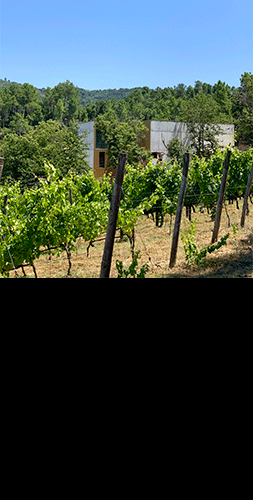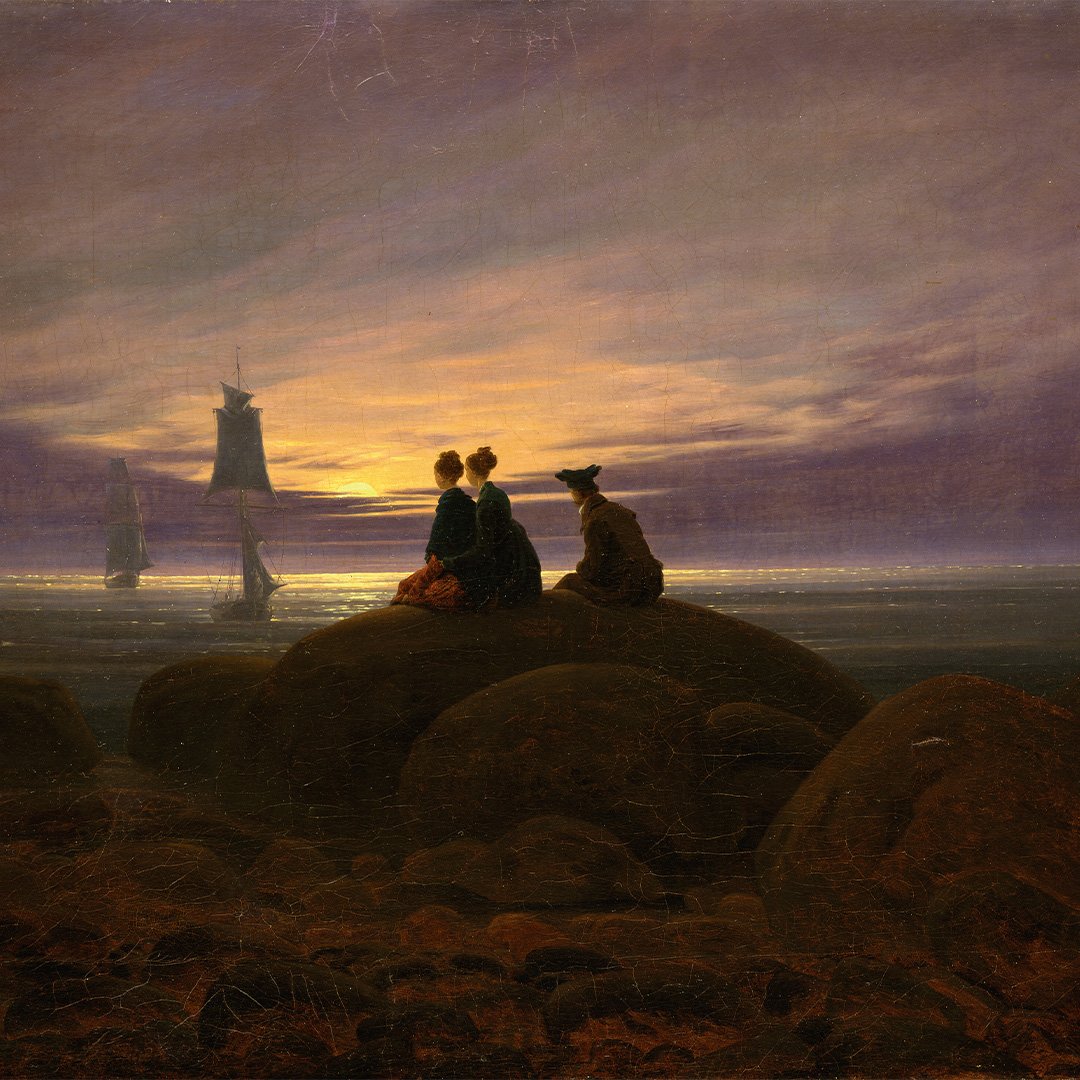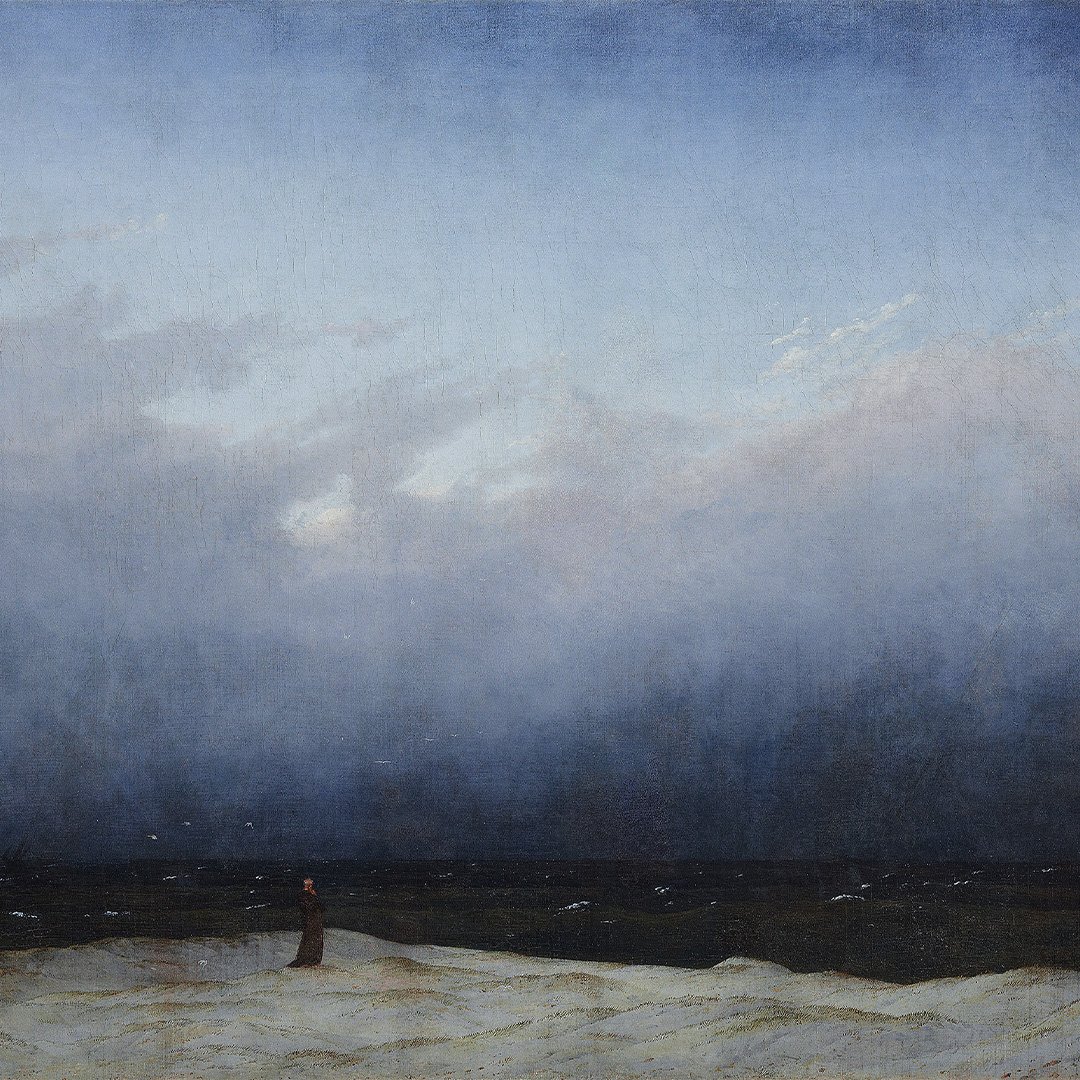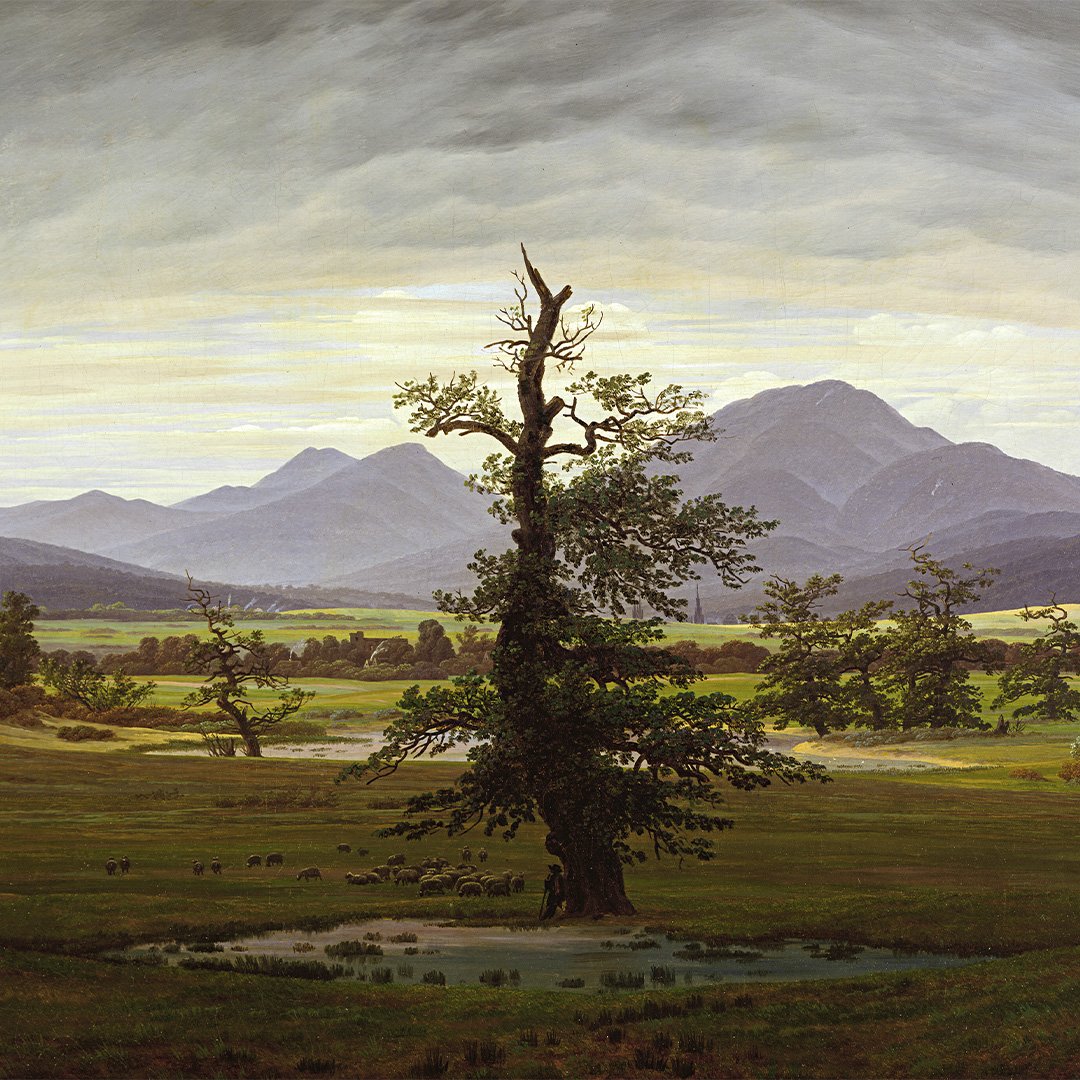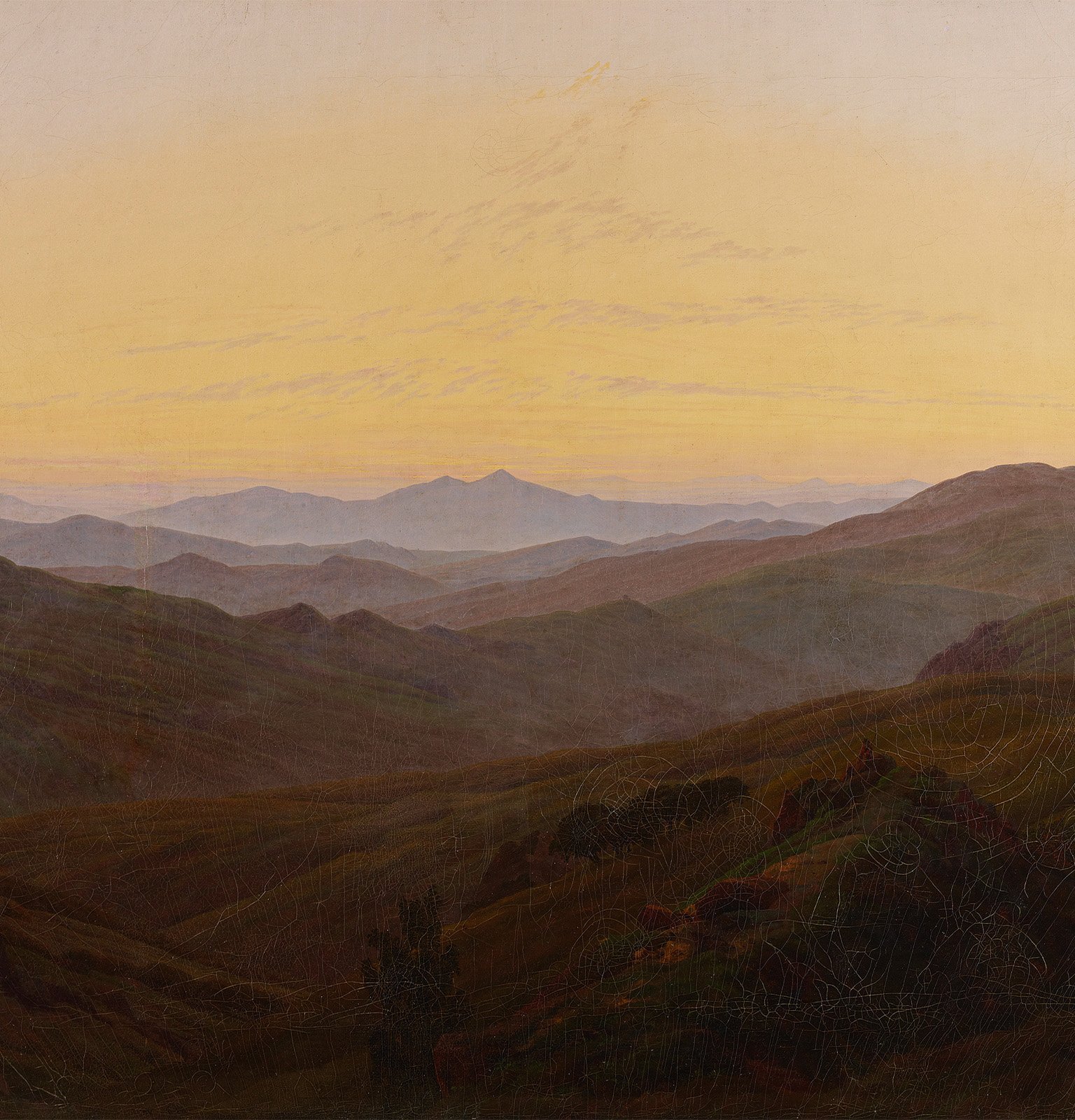
To mark the 250th anniversary of the birth of Caspar David Friedrich (1774-1840), the Nationalgalerie of the Staatliche Museen zu Berlin, in collaboration with the Museum of Vienna, will be holding the exhibition The Rediscovery from April 19 to August 04, 2024 in Berlin. This is a comprehensive exhibition dedicated to works by one of the most renowned painters of German Romanticism. There are around 60 paintings and 50 drawings from Germany, including iconic works that are recognised around the world. The Nationalgalerie houses one of the largest collections of Friedrich's paintings, in an exhibition in which the central theme is the role the museum played in the rediscovery of the painter's art at the beginning of the 20th century.
The artist disappeared during the second half of the 19th century. In 1906, the Nationalgalerie paid tribute to him with 93 paintings and drawings by him. Friedrich captured light and atmosphere and was a pioneer of modern art. Different perspectives, painting technique and the concept of change will be on display. Monk by the Sea and Abbey in an Oakwood are two examples of works that exemplify the unique character of the Nationalgalerie's collection, whose works were acquired by Prince Friedrich Wilhelm Ludwig of Prussia.
The Rediscovery exhibition will be on show in Berlin from April 19 to August 04, 2024.
The artist disappeared during the second half of the 19th century. In 1906, the Nationalgalerie paid tribute to him with 93 paintings and drawings by him. Friedrich captured light and atmosphere and was a pioneer of modern art. Different perspectives, painting technique and the concept of change will be on display. Monk by the Sea and Abbey in an Oakwood are two examples of works that exemplify the unique character of the Nationalgalerie's collection, whose works were acquired by Prince Friedrich Wilhelm Ludwig of Prussia.
The Rediscovery exhibition will be on show in Berlin from April 19 to August 04, 2024.







